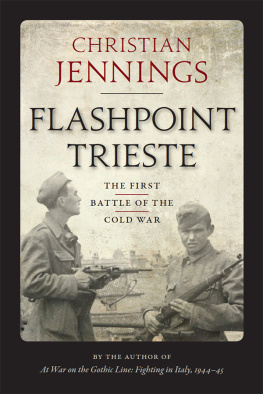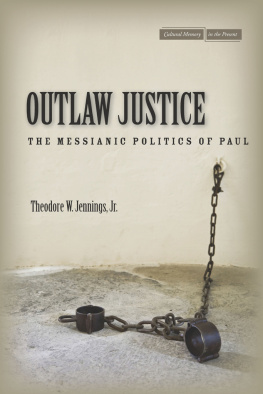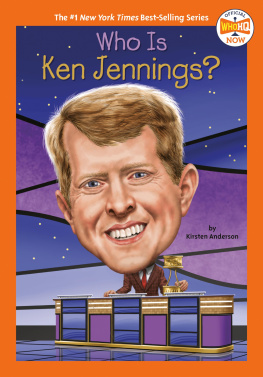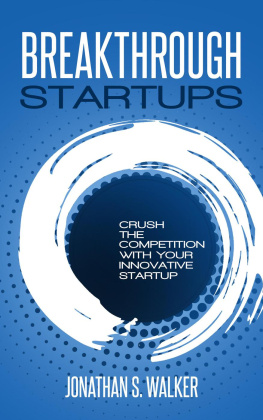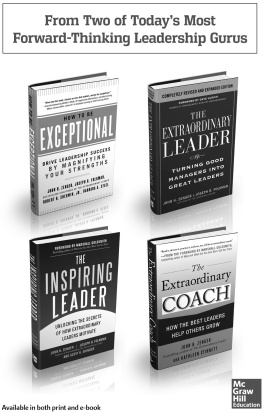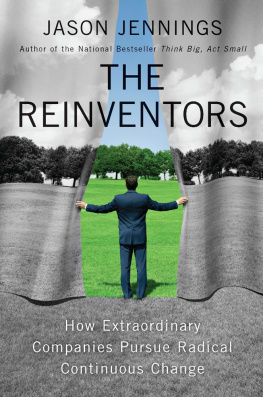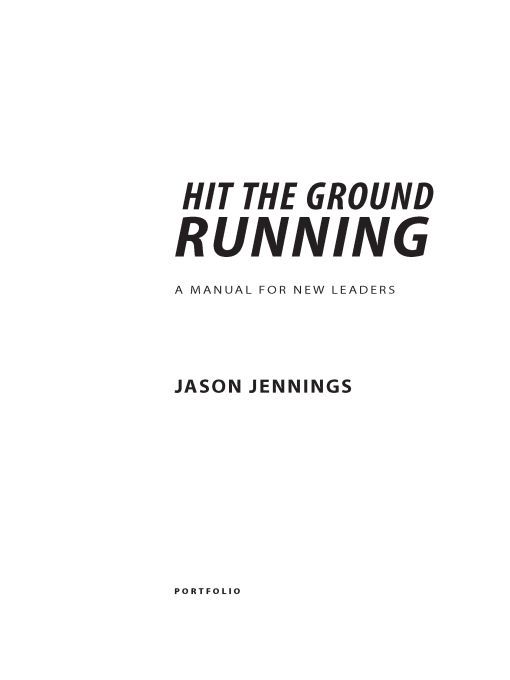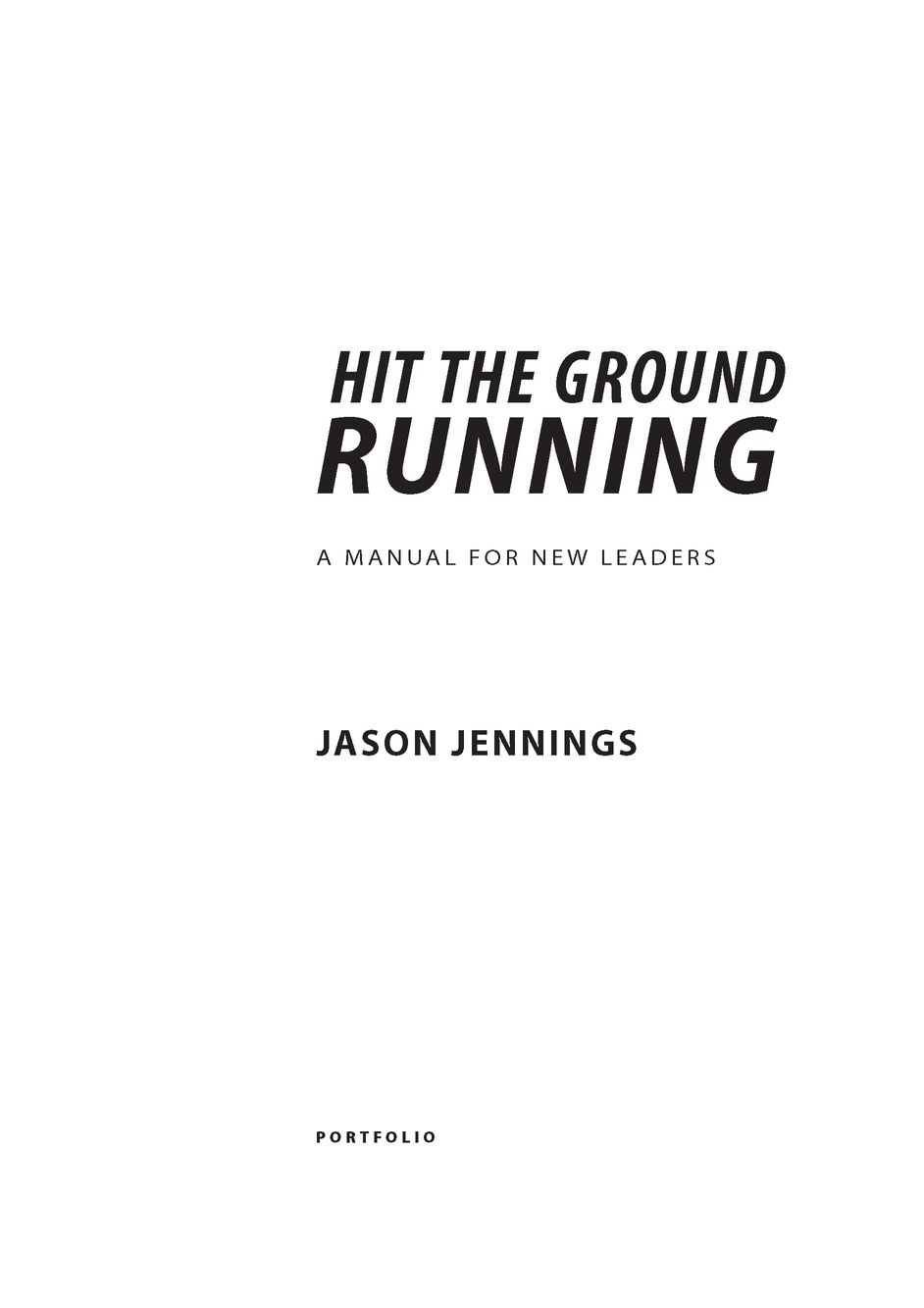Table of Contents
Advance Praise forHit the Ground Running
I read Hit the Ground Running from cover to cover. It is a great read
and one of the most interesting and useful business books I have
ever read.
Jim Goodnight, CEO, SAS Institute
Hit the Ground Running proves that good guys can and do finish
first when they provide value-centered leadership that places the
needs of customers, employees, and shareholders before the needs
or egoof the CEO. A great read for any aspiring leader.
Kevin L. Robert, CEO, Wolters Kluwer Tax and Accounting
Hit the Ground Running boils down the experience of ten successful
new CEOs. The result is a list of rules any leadernew or
seasonedcan live by.
Mike Koehler, president and CEO, Teradata Corporation
Jason has hit the mark again! The journey of each CEO reminds
me of my favorite Bible verse about business, The reward of humility
and the fear of the Lord are riches, honor, and life.
Larry P. Ferguson, chairman and CEO, Schreiber Foods
ALSO BY JASON JENNINGS
BUSINESS AND LEADERSHIP
Think Big, Act Small: How Americas Best Performing Companies Keep the Start-up Spirit Alive
Less Is More: How Great Companies Use Productivity as a Competitive Tool in Business
Its Not the Big That Eat the Small... Its the Fast That Eat the Slow: How to Use Speed as a Competitive Tool in Business
(coauthored with Laurence Haughton)
SELF-HELP
BREATHE! Heal Your Heart in 15 Minutes a Day
(coauthored with Dr. John Kennedy)
This book is dedicated to George Staubli
Introduction
Every manager or leader needs to hit the ground running!
When youre given the opportunity to take charge and you get it right, you put yourself on your leaderships radar. Do it right a second time and youll become known as a go-to manager who can be trusted to deliver results.
But if you dont get it right, youll join a long list of question marks at your company. Sure you may get another chance, if the A list is unavailable or nobody else wants the assignment. But fail to get it right a second time and youll get yourself on that other executive radar systemthe one that warns boards and bosses that theyre making a risky bet when they choose you. Whos willing to hire, promote, take a chance on, and trust someone with a big question mark written on his back? (And whos motivated to work for him?)
The stakes for executives are now higher than ever. Movers are getting a lot less time to become shakers. On average, upper managers get just about three years to work their magic. Then they either move on or move out.
So whether youre starting a new career, launching a new product, or positioning yourself to take on bigger responsibilities, its imperative that you know how to get up to speed, make good decisions quickly, and begin producing positive results fast.
The big question is, What are the right steps to ensure that you will hit the ground running?
You Need a Front-Row Seat
It would be great if organizations had a manual for their new leaders, a collection of dos and donts learned the hard waythrough trial and error in the real world of day-to-day business at your company.
But Ill bet youve never seen one. Few of us have. Ninety-three percent of executives admit their company doesnt keep any reliable record of the steps that led to their best or worst management decisions. So theres little practical wisdom to follow. Memories are unreliable. People count their hits and routinely forget their misses. Academics may have interesting findings and insight, but their advice is generally not battle-tested. That leaves most of us condemned to make many of the same mistakes as previous generations and learn only from our own experiences as we go up the chain of command.
I recall an argument I had with my father when I was a teenager and being as obnoxious as only sixteen-year-old boys can be. Finally, in utter exasperation, my father looked at me and very calmly said, Son, its a wise man that learns from his experiences but a far wiser man who learns from the experiences of others as well. Thats especially true if you want to hit the ground running.
The promise of this book is that youll learn the tactics, strategies, values, and guiding principles of the best CEOseach with a proven record of successfully taking charge and getting their companies on track to outperform all others. How much is that worth?
One of the CEOs in the book repeatedly expressed his gratitude for having had front-row seats twice during his career and being able to watch masterful CEOs do their job. Another was equally grateful for the time he spent seeing bad tactics lead to bad results. It gave him a great list of what not to do.
The things youll learn in the following pages are the equivalent of you having those same front-row seats and watching and learning from the best in the world.
The Role Models
Youre about to meet Americas best performing CEOs.
They are the best CEOs in the nation because during the time period studied they created more economic value for their companies and shareholders than all the other CEOs of Americas top one thousand companies.
Each CEO distinguished himself by quickly sizing up the situation, stopping any bleeding, seeing through the fog, selecting a destination, assembling the right team, building a strategy, and rapidly achieving great results. They all hit the ground running.
Our research travels took us from the industrial countryside of Georgia to specialty steel plants to office superstores. We hung out with natural gas exploration crews on the sun-blasted deserts of Utah, got stuck in New England blizzards, managed a sneak peak at futuristic aerospace technology, and played with the latest battlefield communications gear.
As we pored through the thousands of pages of transcripts trying to connect the dots we came to three realizations:
All the CEOs we identified got their companies moving in the right direction really fast. They didnt wait for consultants to report or dawdle indecisively for an eternity before making the first move. Their instincts were terrific; they came prepared with outstanding new ideas and were able to get people pitching in immediately.
Each CEO was guided by a set of rules for taking charge that challenges conventional thinking. They didnt automatically replace existing staff or bring in their cronies. They didnt put the fear of God into everyone. They didnt spin or make any the ends justify the means rationalizations. Their rules were very different from what weve been told are the practices of the hardest-charging, highest-performing CEOs.
Most important, each CEO made everyone proud. What these new CEOs did and the way they went about it was right for investors, right for employees, right for their communities, right for the short run, and right for the long run. It made people proud and that created a lot of momentum.
Collectively these CEOs confronted every imaginable business challenge and problem, and we were blown away by their remarkable insights, their authenticity, their calm sense of peace and certainty, and their willingness to share everything theyd learned throughout their life and business journeys.


